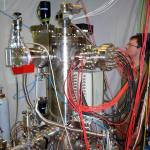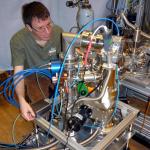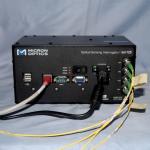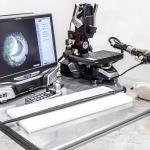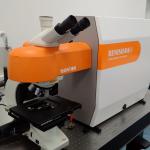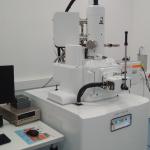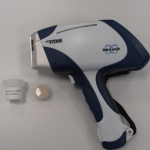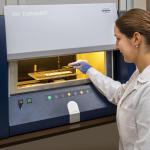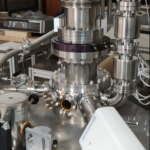Atomki-Queen’s University Ice Laboratory for Astrochemistry (AQUILA)
In collaboration with Queen’s University of Belfast and the University of Kent, a facility for ion irradiation studies of astrophysical ice analogues has been established at the ECR Ion Source (ECRIS) Laboratory at Atomki, Debrecen. This facility consists of a UHV-compatible chamber containing a substrate on which astrophysical ice analogues can be grown at cryogenic temperatures (≥20K). Such ices can then be processed via ion irradiation and the resultant chemical or physical changes in the ice due to radiation will be monitored using mid-infrared spectroscopy. Several ion projectiles with various charge states are available at the ECRIS Laboratory, allowing for a wide variety of ion irradiation or implantation experiments to be performed. The available ion beams and intensities can be found in a recent open access paper (see figs 4 and 5 in it).
As it is seen, practically all known components of the solar wind can be produced: H, He, C, O, Si, Fe, Ni. Moreover, ECRIS can produce reasonably high charge state of ions; for example, fully stripped Ne ions are available. Additionally, ECRIS is able to produce certain negative ions or molecular ions of H, C, O, OH, O2, and also single charged, positive molecular ions of H2, H3, OH, H2O, H3O, O2. The available energy range spans from a few hundred eV to a few tens of keV thus making this set-up ideal for studying solar wind radiation physics and chemistry.
